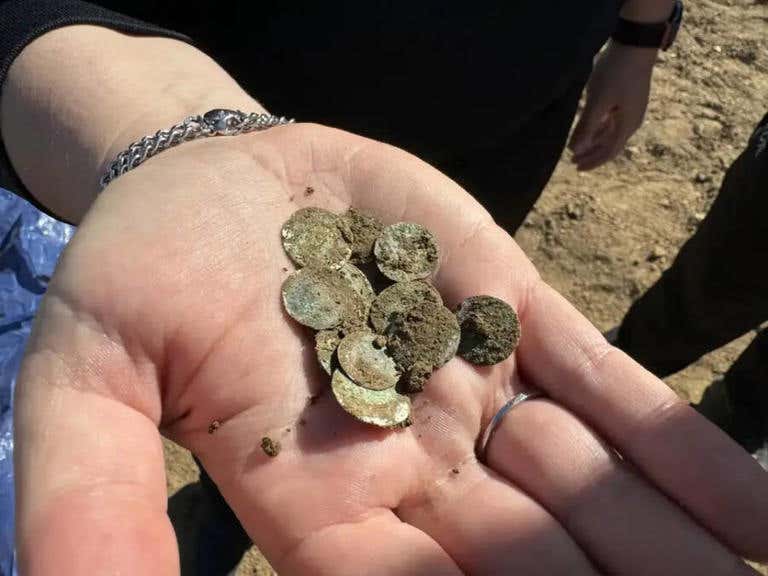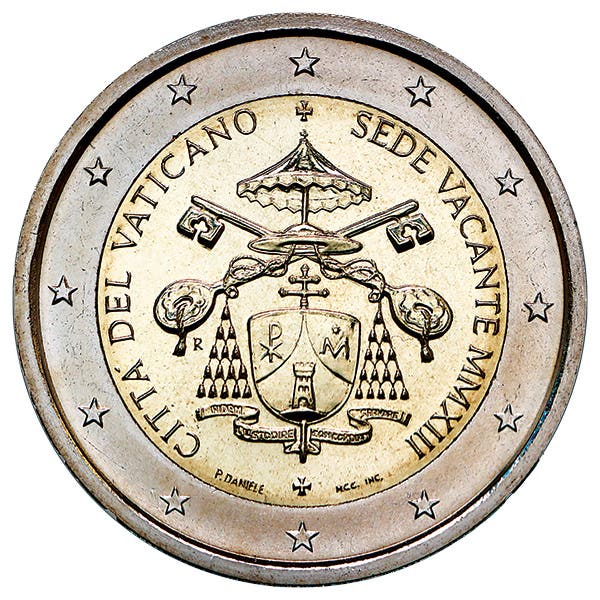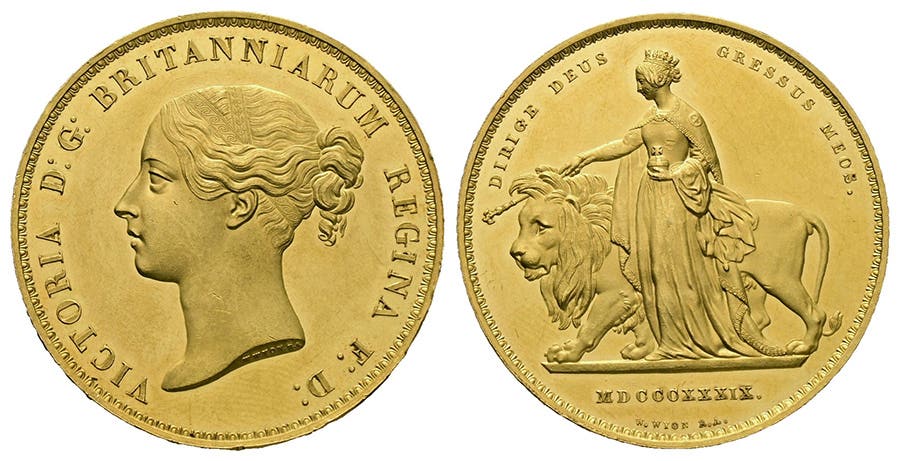Stolen Gold Coins Melted
When thieves steal jewelry or coins in the movies they try to fence them for what value they can get. In real life such stolen objects may not do so…
When thieves steal jewelry or coins in the movies they try to fence them for what value they can get. In real life such stolen objects may not do so well. It is easier to melt the objects for their intrinsic value, which also makes it more challenging for law enforcement to trace and identify what was stolen.
This, unfortunately, appears to be the fate of 483 Celtic gold coins stolen Nov. 22, 2022 from the Celtic and Roman Museum in Manching, Bavaria. The trove has been considered to be the largest find of Celtic gold found in the 20th century. The coins were discovered during a 1999 archaeological dig near Manching.
The coins date from around 100 B.C. and were likely produced at the local mint at the Oppidum of Manching. The oppidum was a large Celtic urban or city-like settlement dating from the Iron Age, likely having been founded in the third century B.C. It is believed from archaeological studies the town or oppidum existed until about 50 to 30 B.C. The town has been estimated to have been one of the largest settlements north of the Alps, with a population of likely 5,000 to 10,000 people living within its approximately 4.5 miles of defensive walls.
The coinage of Manching was issued by the Vindelici tribe and consisted of bronze low denominations, silver quinarii, and gold Bolan shell staters. The gold coins are presumed to have been used for external trade. The gold coins stolen from the museum were distinctly concave, as are most gold Celtic coins from that region from that time. Such coins have been nicknamed Regenbogenschusseichen or rainbow cups due to a belief they are associated with treasure to be found at the end of a rainbow. Counterfeit gold coins comprised of bronze with a thin gold coating have also been found at Manching. The Manching find residing at the museum in Bavaria consisted of 483 staters and a 217 gram lump of unworked gold.
Bavaria Minister of Science and Arts Markus Blume said, “The loss of the Celtic treasure is a disaster. As a testament to our history, the gold coins are irreplaceable.”
Bavaria State Criminal Police Offce Deputy Head Guido Limmer said, “We know that about 70 gold coins have apparently been lost irretrievably in their cultural and historical significance. But that means that of course there is still hope of perhaps being able to find the rest of the gold coins, and so the majority of the gold treasure.” Limmer acknowledged authorities had examined 18 “lumps” of gold recovered during police raids in Munich.
The coins had been on display at the Celtic and Roman Museum since 2006. According to local police, someone sabotaged the museum’s alarm system. Nearby internet cables were cut just before the break-in. For that reason the alarm system wasn’t triggered when the doors were forced open. Regardless, the robbery was recorded. The theft reportedly lasted less than 10 minutes.
This is the second such numismatic disaster to take place via German museums in recent years. In 2017 one of seven existing Canada 100 kilogram gold coins was stolen from the Bode Museum in Berlin. The coin has never been recovered and is believed to have been cut into pieces, then melted for its precious metal content.
This was followed by the theft of 21 pieces of jewelry and other valuables in a dramatic diamond heist at Dresden’s Green Vault museum that was caught on CCTV. In an eerily similar scenario a fire was deliberately set to destroy a power box near Augustus Bridge in Dresden. The ensuing power outage disabled security alarms. The jewelry stolen included a 660-gemstone brooch worn by Queen Amalie Auguste, a jeweled Polish White Eagle Order, a 15- large and 100 small-diamond hat clasp made in the 1780s and worn by Frederick Augustus III, and a diamond epaulette. Most of the stolen items were recovered, however others were allegedly sold on the dark web.
A statement by the general director of Dresden’s state art collection that the stolen jewels were too well known to collectors to be sold into the art market may have encouraged the thieves to destroy the gold coin and to disassemble some of the jewelry never recovered.
Lebanese immigrants Wayci Remmo, Ahmed Remmo, Wissam Remmo, and someone only known as Dennis W. in court records were convicted of stealing the Canadian coin and the Dresden jewelry. Dennis W. was a security guard at Berlin museum.
Authorities said they are determining if the Manching museum theft was the work of organized crime. Police said DNA they declined to name found outside the museum lead them to the Manching suspects. Three of the four persons now under arrest are allegedly linked to a series of previous break-ins in Germany and neighboring Austria. It appears the Manching theft was the first in which they stole cultural treasures.
Police conducted raids on 28 properties, finding the 18 lumps of gold in a plastic bag. There is also reportedly evidence the suspected rented vechicles used to study other potential targets in Germany. This included museums in Frankfurt, Idar-Oberstein, Trier and Pforzheim. Police made their arrests after learning of a possible handover relating to the museum theft.
Authorities identified the Manching museum suspects as being a telecoms engineer, an accountant, a shop manager, and a demolition firm employee. Three of those arrested are also suspected of participating in 11 other robberies or attempted robberies between 2014 and 2022 in which supermarkets, a vehicle registration office, and a casino were targeted.








